Our 5 Star energy efficient windows help keep unwanted temperatures outside where they belong while maintaining comfort inside.
Everyone knows a windows function is to let light in and keep weather out. That’s no easy task given glass has little insulation value and is a poor barrier to the sun’s rays. If chosen incorrectly, windows can be a major source of unnecessary heat gain and loss, discomfort and condensation problems.
Energy Efficiency Glass
Important ratings to check when buying windows and doors are the U-value, the R-value and the SHGC.
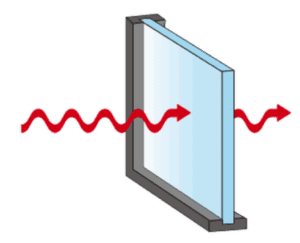
What is a U-value or U-factor?
U-value measures how well a product prevents heat from escaping. It is a measure of the rate of non solar heat loss or gain through a material or assembly. U-value ratings generally fall between 2.0-10.0 W/m2.K for Australian products. The rate of heat is indicated in the terms of the U-value of a window assembly which includes the effect of the frame, glass, seals and any spacers. The lower the U-value, the greater a window’s resistance to heat flow and the better its insulating value.
UW is the value for whole window and because of its importance is usually abbreviated to U, UC is the value at the centre of glass, UF is the value for the frame.
What is the difference between R-value and U-value?
R-value = Wall and ceiling insulation values
U-value =Windows and other fenestration products
The higher the R-value, the better insulated are the walls and ceilings. The lower the U-value, the better job a window does in keeping out the heat and cold.
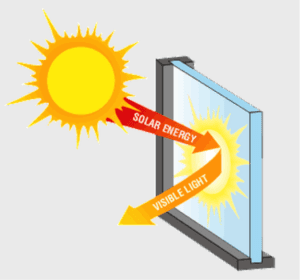
What does Solar Heat Gain Co-efficient (SHGC) mean?
SHGC measures how well a product blocks heat caused by sunlight. The SHGC is the fraction of incident solar radiation admitted through a window, both directly transmitted, and absorbed and subsequently released inward. SHGC is expressed as a number between 0 and 1. The lower a window’s SHGC, the less solar heat it transmits. In very cold climates, windows with very low U-values minimise discomfort. If summer discomfort is expected very low SHGC values should be looked at, but bear in mind that lower SHGCs lead to increased comfort in the summer at the expense of less winter solar warmth.
Types of Glazing
Insulating glazing typically has two, or sometimes as many as three, panes of glass sealed together with air trapped between them to act as an insulator.
When the unit is properly sealed, condensation will not occur between the panes; a drying agent called a desiccant is used in the spacer (the strip inside the panes that helps keep them apart) as added insurance against condensation.
There are also a number of glass products on the market for special situations and uses, including safety glass. Here is a closer look at high-performance specialty glazing:
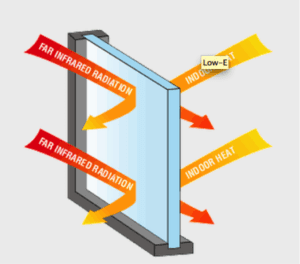
Low-Emissivity Glass
Low-emissivity, or low-e, glazing has a film applied to one of the glass surfaces. This coating allows light in but also prevents some solar rays from being transmitted through the glass. A low-e coating can help keep your home cool on a hot day by blocking longer-wave radiant heat from entering, and on a cold day it can prevent the radiant interior heat from escaping through the glass. Low-e coatings also block ultraviolet rays, which reduces the fading of floors, floor coverings, drapes, and upholstery.
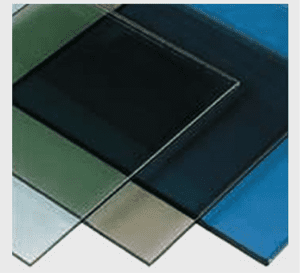
Tinted Glass
Usually given a bronze or grey cast, tinted glass dramatically cuts glare and heat from the sun (solar gain) yet only slightly reduces the amount of light admitted into your home. Where sun-caused fading or damage may be a serious problem, such as at unprotected south-facing windows, you may want to opt for glass with a solar bronze or solar grey tint to reject UV rays

Reflective Glass
Like tinted glass, reflective glass reduces solar gain. From outside, it appears to be a mirror, obscuring the view in. But be aware, a night time, it gives the opposite effect when you have the light on inside.
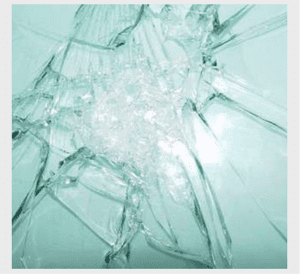
Safety Glass
Required by building codes for certain situations, safety glass is always a good choice if there’s any risk of a person walking through a window. Safety glass is available tempered or laminated.
Tempered glass is heat-treated during the manufacturing process and crumbles (instead of shattering) if broken.
Laminated glass has a film of plastic that holds the glass together if broken.

 MAKE AN ENQUIRY
MAKE AN ENQUIRY
 CALL US
CALL US


